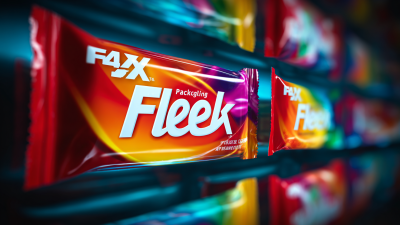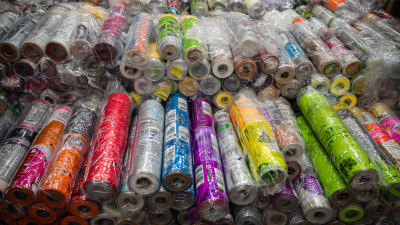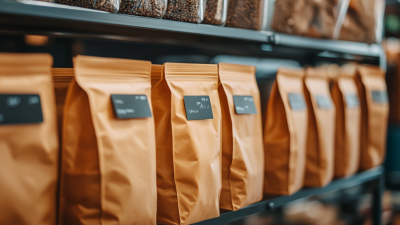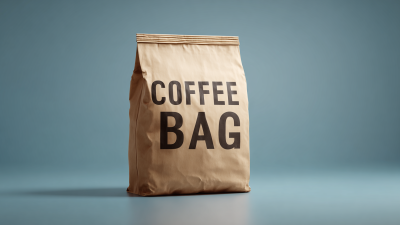- Phone:+86 15218629499
- Phone: +86 15766990063
- E-mail: Yzprinting01@163.com
In today's fast-paced consumer market, selecting the appropriate flexible packaging plastic is crucial for ensuring product safety, extending shelf life, and enhancing consumer appeal. According to a recent report by Smithers Pira, the flexible packaging market is projected to grow to over $300 billion by 2024, driven by increasing demand for lightweight and sustainable packaging solutions.
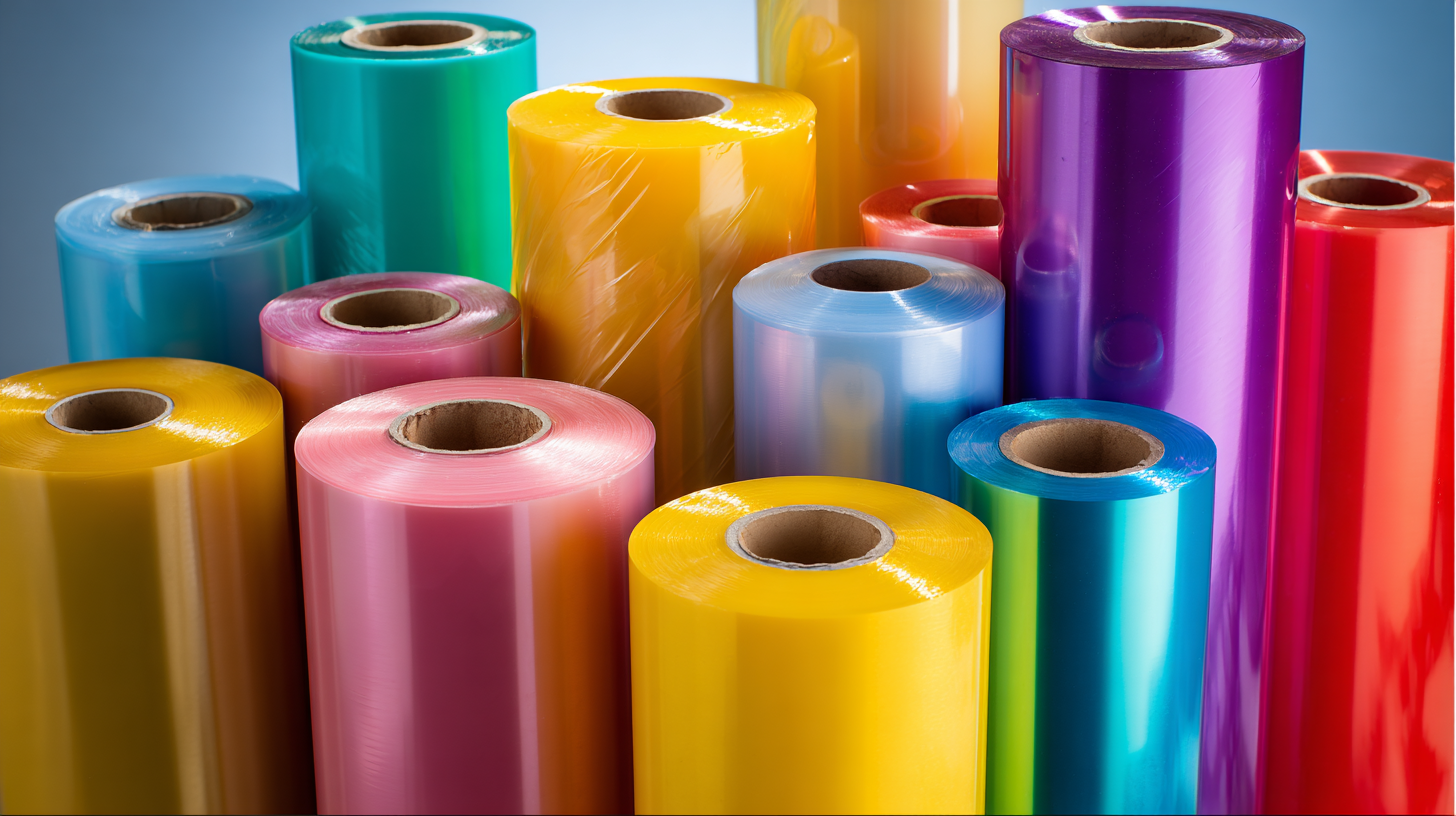 One of the primary benefits of flexible packaging plastic is its versatility, which allows for a wide range of applications, from food and beverage to personal care products. Furthermore, a study by the Flexible Packaging Association indicates that 85% of consumers prefer products with flexible packaging due to their convenience and ease of use. As manufacturers strive to meet these evolving preferences while balancing performance and environmental considerations,
understanding the various types of flexible packaging plastics and their properties becomes essential for making informed decisions that align with both product requirements and sustainability goals.
One of the primary benefits of flexible packaging plastic is its versatility, which allows for a wide range of applications, from food and beverage to personal care products. Furthermore, a study by the Flexible Packaging Association indicates that 85% of consumers prefer products with flexible packaging due to their convenience and ease of use. As manufacturers strive to meet these evolving preferences while balancing performance and environmental considerations,
understanding the various types of flexible packaging plastics and their properties becomes essential for making informed decisions that align with both product requirements and sustainability goals.
When selecting the right flexible packaging plastic for your products, it's crucial to understand the various types available in the market. Flexible packaging plastics can broadly be classified into several categories based on material composition, including polyethylene (PE), polypropylene (PP), polyvinyl chloride (PVC), and polyester (PET). According to a recent report by Smithers Pira, the flexible packaging market is projected to grow to USD 248 billion by 2025, highlighting the increasing demand for lightweight, durable, and convenient packaging solutions.
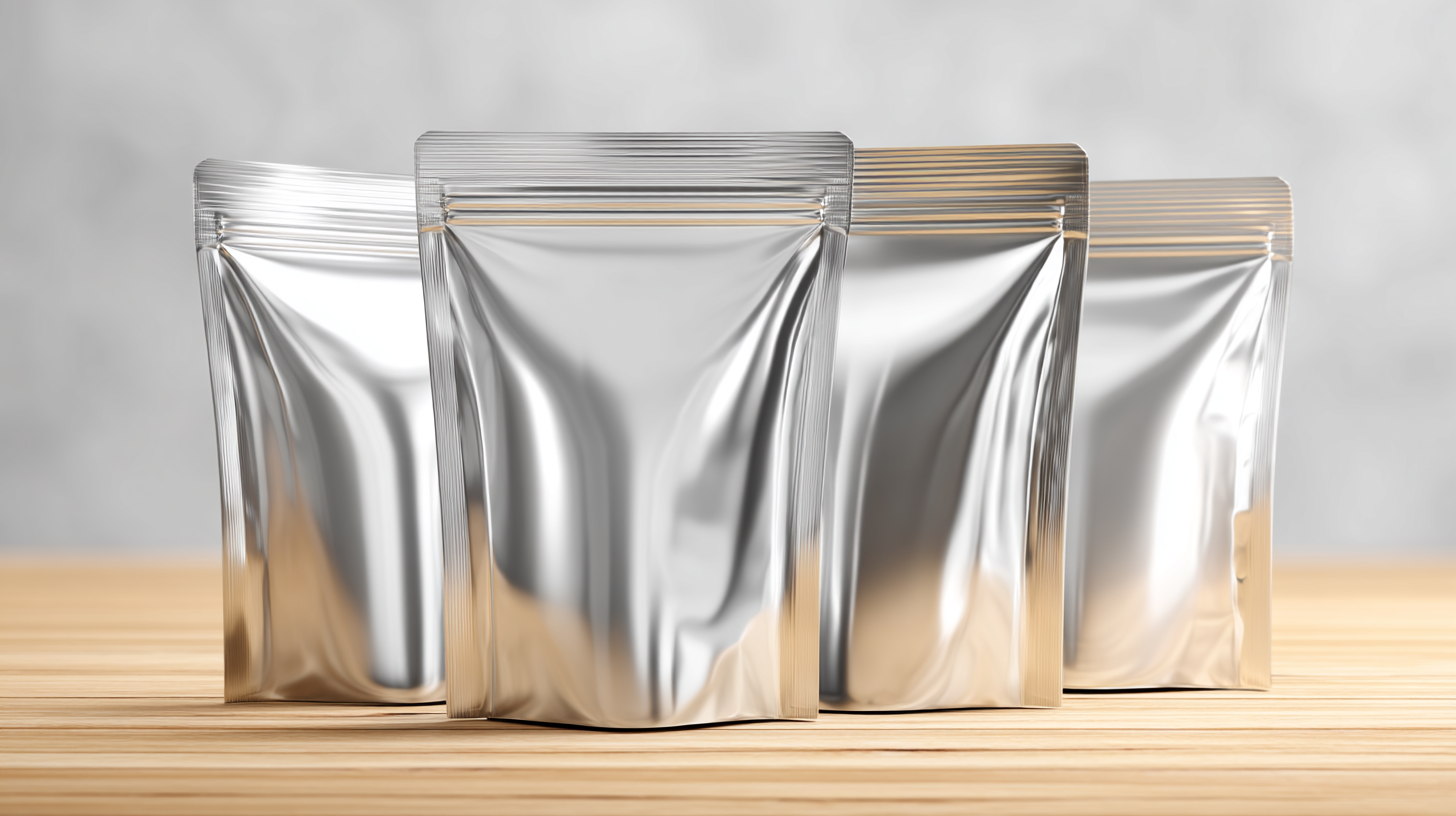
When selecting the right flexible packaging plastic, it is crucial to evaluate the specific needs of your product thoroughly. Different products require different protection levels and functionalities; for instance, food items may need barrier properties against moisture and oxygen, while pharmaceuticals often require tamper-proof seals.
Understanding the product's shelf life, sensitivity to environmental conditions, and target market is essential in determining the appropriate materials that will preserve the integrity and quality of the product.
Moreover, consider the product's usage and distribution channels. Products with high fragility may necessitate additional cushioning and protective layers in the packaging design.
Assessing transportation conditions—such as temperature variations and potential physical stresses—can guide you in selecting a durable plastic that meets these demands. Ultimately, aligning the product's unique requirements with the capabilities of various flexible packaging options will ensure optimal selection for sustainability, cost-effectiveness, and consumer satisfaction.
The sustainability of packaging materials is becoming increasingly critical as consumers and companies alike prioritize environmental impact. Recent guidelines, such as the "Packaging Playbook," provide a framework for assessing the sustainability of packaging options. This resource emphasizes the environmental consequences of different materials, particularly in the face of growing concerns about new pollutants that threaten ecological stability and public health. Industry reports indicate that sustainable packaging choices can reduce carbon footprints by up to 30%, illustrating the potential for significant environmental benefits.
The life cycle of a product offers numerous opportunities for sustainability, with decisions made at each stage influencing overall resource consumption and ecological impact. For instance, adopting biodegradable plastics instead of conventional options can dramatically lessen waste. Additionally, a study published by the Ellen MacArthur Foundation reveals that shifting to circular packaging models could yield $500 billion in economic benefits while significantly reducing the environmental burden of packaging materials. Such frameworks encourage businesses to rethink their material choices and embrace innovative solutions that align with sustainable development goals.
This chart illustrates the carbon footprint associated with various types of flexible packaging plastics. Each type has a different impact on the environment, highlighting the importance of selecting sustainable materials for packaging solutions.
The flexible packaging market is experiencing significant growth driven by innovative solutions that cater to consumer demands for sustainability. As over 70% of cosmetic brands adopt eco-friendly packaging options, the necessity for durable and cost-effective materials becomes vital. Reports indicate that the global flexible packaging market is expected to reach a staggering $834.4 billion by 2032, with a compound annual growth rate of 6.25%. This trend highlights the increasing consumer preference for biodegradable materials, pushing brands to explore packaging solutions that combine both environmental responsibility and performance.
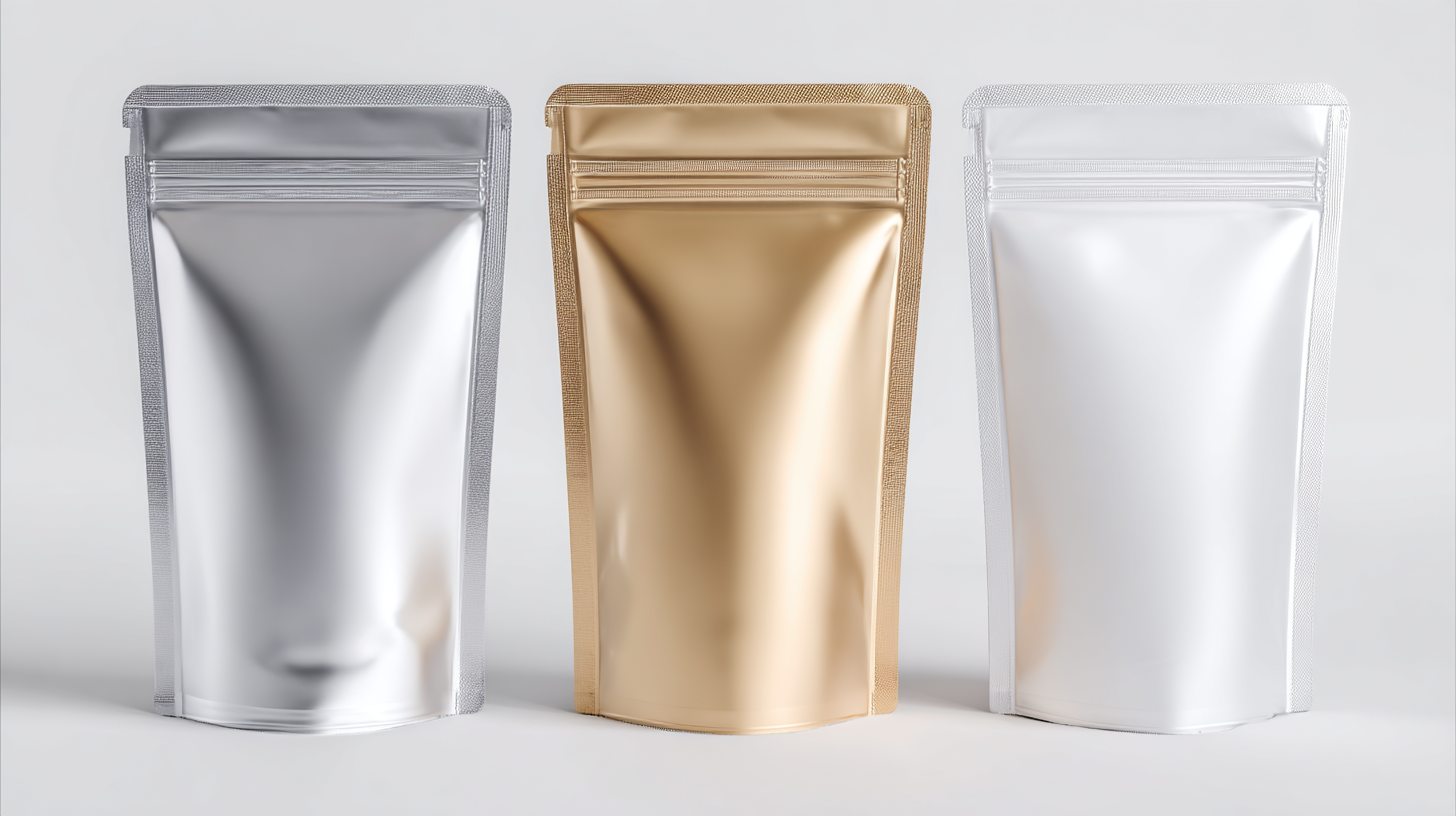
In the food packaging sector, the priority remains on maintaining product quality and safety. Flexible plastic packaging plays a crucial role in extending shelf life and reducing food waste, thus aligning with sustainability goals. The growing emphasis on innovative packaging designs, particularly in frozen food and composite packaging, presents new opportunities for manufacturers. As consumer habits shift towards more sustainable choices, the demand for durable flexible packaging solutions will continue to rise, making it essential for businesses to strategically assess their material options to achieve optimal cost-effectiveness and durability.
When selecting the right flexible packaging plastic for products, adherence to regulations and safety standards becomes paramount. The recent initiative in Washington, slated to enforce regulations on toxic chemicals in consumer products by January 2025, highlights the increasing focus on safety in packaging materials. Compliance not only mitigates the risk of regulatory violations but also aligns with consumer expectations for safer, environmentally-friendly products. As packaging professionals, understanding the implications of these regulations is crucial. For instance, a report by the American Chemistry Council indicates that consumer demand for safer products has led to a significant uptick in the adoption of compliant materials in the flexible packaging industry, with nearly 60% of manufacturers investing in safer alternatives.
Furthermore, the evolving landscape of food safety standards reinforces the need for transparency and compliance in packaging choices. The Food Safety and Standards Authority of India (FSSAI) recently set a yearly amendment date for labeling regulations to enhance consumer awareness and ease of doing business. These changes compel manufacturers to engage in better practices regarding packaging materials and labeling, ensuring that they meet safety standards while also enabling consumers to make informed choices. As the industry moves towards sustainability and regulatory compliance, it is essential for businesses to stay abreast of these changes and adapt their material sourcing and packaging design processes accordingly.
| Material Type | Common Applications | Regulations Compliance | Safety Standards | Environmental Impact |
|---|---|---|---|---|
| Polyethylene (PE) | Food packaging, bags | FDA, EU regulations | Food safety standards | Recyclable, low impact |
| Polypropylene (PP) | Containers, caps | FDA compliance | Non-toxic | Recyclable, lower carbon footprint |
| Polyvinyl Chloride (PVC) | Shrink sleeves, cling films | FDA, health authority guidelines | Food safe grades available | Not widely recyclable |
| Ethanol-based Plastics (PLA) | Biodegradable packaging | USDA, FDA | ASTM D6400 | Compostable, low impact |
| Nylon | Food vacuum packaging | FDA regulations | Food grade | Limited recyclability |
